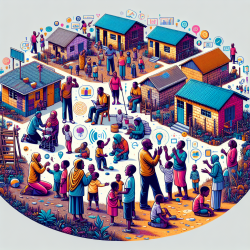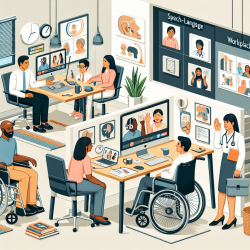Understanding Pathological Internet Use in Adolescents
Pathological Internet Use (PIU) has emerged as a significant concern among adolescents, with implications for mental health professionals and educators. The research titled Pathological Internet Use among European Adolescents: Psychopathology and Self-destructive Behaviours provides valuable insights into the association between PIU, psychopathology, and self-destructive behaviors. This blog aims to help practitioners enhance their skills by implementing research findings or encouraging further investigation.
Key Findings of the Research
The study involved 11,356 school-based adolescents from eleven European countries, assessing PIU using Young’s Diagnostic Questionnaire. Key findings include:
- Suicidal behaviors, depression, anxiety, conduct problems, and hyperactivity/inattention are significant predictors of PIU.
- The correlation between PIU and conduct problems is stronger among females, while depression and anxiety are more pronounced in males.
- Socio-cultural influences, including gender and country, significantly impact the association between PIU and psychopathology.
Implications for Practitioners
Practitioners can leverage these findings to improve interventions for adolescents exhibiting PIU. Here are some strategies:
- Early Identification: Recognize early signs of PIU and related psychopathology to intervene before these behaviors become entrenched.
- Gender-Specific Approaches: Tailor interventions based on gender-specific manifestations of PIU and related mental health issues.
- Cultural Sensitivity: Consider socio-cultural factors when designing interventions, as these can influence the development and expression of PIU.
- Collaborative Efforts: Work with educators, parents, and mental health professionals to create a supportive network for affected adolescents.
Encouraging Further Research
While the study provides a comprehensive overview of PIU among European adolescents, further research is needed to explore the causal pathways and long-term effects of PIU. Practitioners are encouraged to participate in or support studies that delve deeper into the interplay between PIU, psychopathology, and socio-cultural influences.
Conclusion
Addressing PIU in adolescents requires a multifaceted approach that considers individual, gender, and cultural factors. By applying the insights from the research, practitioners can enhance their interventions and contribute to the well-being of adolescents. For a detailed understanding of the research, practitioners can access the original paper: Pathological Internet Use among European Adolescents: Psychopathology and Self-destructive Behaviours.










